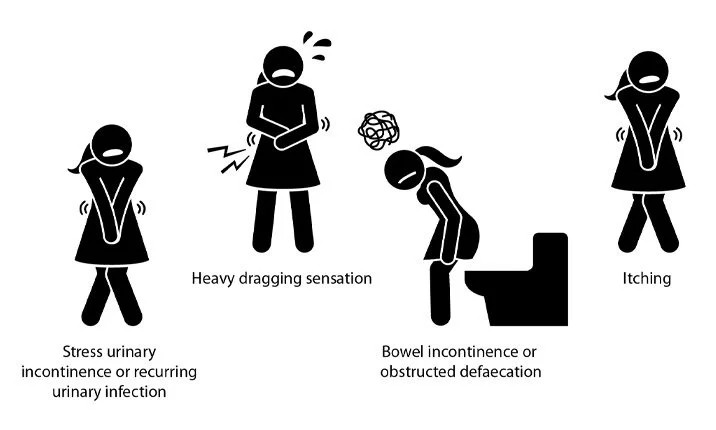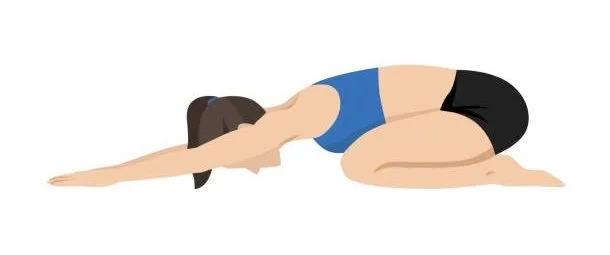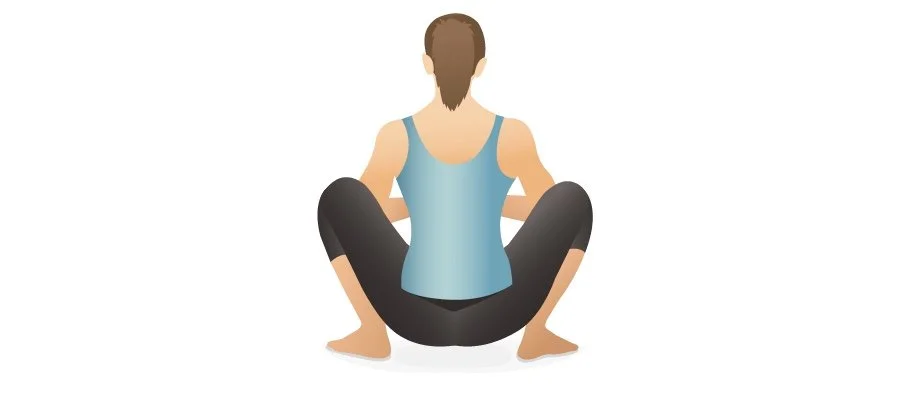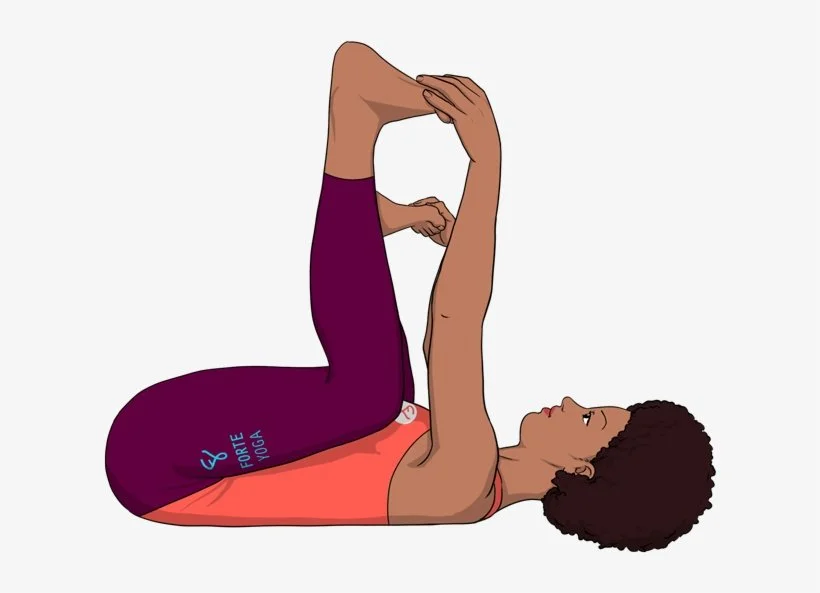Pelvic floor dysfunction
The pelvic floor is a group of muscles & ligaments which act like a hammock to support the bladder, uterus and bowel.
The pelvic floor runs from pubic bone at the front to tailbone at the back which forms the base of your pelvis.
These muscles act to stabilise the joints around the pelvis.
Any weight bearing activity (walking, running, jumping etc) increases the strain through the pelvic floor. Any dysfunction in the pelvic floor can cause the following symptoms:
pelvic pressure or fullness
the frequent urge to urinate or painful urination
urinary leakage
urinary incontinence
lower back pain
constipation, difficulties with bowel movements, or bowel leakage
difficulty emptying the bladder
pain with sexual intercourse
pain in the pelvic region or genitals
pelvic muscle spasms
Issues with the pelvic floor can be caused by both hypotonic muscles (pelvic muscles that are too weak) or hypertonic muscles (pelvic floor muscles that are too tight or overactive).
The pelvic floor cannot function properly in either state.
When the pelvic floor becomes “tight” or chronically contracted, think of a muscle spasm in your calf. Pelvic floor/kegal exercises can worsen the problem by adding to the symptoms which you’re already experiencing; pain, leaking, constipation etc.
In other words, if your pelvic floor is hypertonic, it’s best to avoid these exercises until you consult a female health physiotherapist.
Overworking these muscles and connective tissues without learning how to properly engage the various muscle groups can keep you from relaxing them fully.
So no matter what you’ve previously been told, not everyone should be doing kegal exercises.
Simply put, we don’t always need to squeeze or tighten the pelvic floor in order to resolve pelvic floor dysfunction or other additional pelvic floor issues.
The most common reasons why someone may be suffering from pelvic floor dysfunction are:
Excessive pelvic floor tension
Pregnancy and birth
ongoing constipation and straining to empty the bowels
being overweight or obese (as it can contribute to excessive intraabdominal pressure)
heavy lifting (e.g. at work or the gym)
a chronic cough or sneeze (e.g. due to asthma, smoking or hayfever)
previous injury to the pelvic region (e.g. a fall, surgery or pelvic radiotherapy)
growing older/menopause
Pregnancy is a common cause of pelvic floor dysfunction. Often women experience pelvic floor dysfunction after they give birth. Your pelvic floor muscles and tissues can become strained during pregnancy, especially if your labor was long or difficult.
A pelvic floor that is responsive to the varying loads placed on it keeps your organs functioning as they should. Everyone would benefit from learning how to release and engage their pelvic floors, so that the pelvic floor reacts reflexively.
I strongly advise that if you’ve recently given birth (past 6 weeks) or if you’re experiencing any of the above symptoms then you do go for an examination by a female health physiotherapist.
Once you find out by the physiotherapist if your pelvic floor is too tight or too weak then you will be able to treat the dysfunction correctly.
Locating your pelvic floor
We need to know how to locate the pelvic floor.
One way to find the pelvic floor muscles while standing is to imagine you are trying to stop the flow of urine and holding gas in.
If you’re trying to hold it in, there’s a good chance you’ll squeeze your rectum and anus. The muscles you activate are those comprising the pelvic floor, especially if you feel a pulling sensation at your anus.
Remember that these muscles span the distance across the bottom of your pelvis, from pubic bone to tailbone. So, if you’re contracting only the muscles that control the flow of urine but not the rectal muscles, you aren’t getting a full contraction.
For the most effective contraction, engage both areas, the muscles that would stop gas and urine. By engaging your deep core muscle the transversus abdominis and obliques at the same time may help deepen pelvic floor muscle engagement.
Relaxing your hypertonic pelvic floor
Breathing Mechanics Matter - diagrammatic breathing.
The importance of breathing and its relationship to the pelvic floor cannot be stated enough. Unlike other muscles in the body, the pelvic floor muscles are directly impacted by how we breathe.
Most people now have become belly breathers. This means that they constantly use their belly as they inhale. Doing this creates a bulge in the core which increases pressure on the pelvic floor muscle groups and the core, the increased pressure can worsen common symptoms like incontinence. Your pelvic floor was not designed to handle such an increased amount of pressure with each breath.
With diaphragmatic breathing, the goal is to expand the diaphragm by breathing into the rib cage and belly. Try walking through these steps:
Lay on your back with your knees bent so your low back can rest in a neutral position.
Place your hands on your rib cage and try to expand the ribs into your hands as you breathe in through your nose.
Breathe out through your nose slowly, making the exhale longer than in the inhale while letting the rib cage and belly softly fall. Repeat 10 times.
This breath is powerful for two reasons. The first is that your diaphragm and pelvic floor like to copy each other. If you are able to successfully expand and drop the diaphragm as you inhale, your pelvic floor will also expand and drop.
This can also be used as an excellent stress reliever too!
Child’s Pose
One great pose to help with relaxation of the pelvic floor is child’s pose:
Start on hands and knees and bring your feet together while widening your knees.
Slowly send your hips down to your heels- if they do not touch, place a pillow underneath to support your hips.
Walk your arms out long and lower your head onto the floor, place a pillow under your head if you do not make contact with the floor.
Breathe into the back of your ribcage (diaphragmatic breathing) and imagine your sitz bones (boney ends of the pelvis) separating gently on every inhale.
Hold for a minimum of 30 seconds and repeat.
2-3 x a day.
Yogi Squat
This pose requires plenty of hip, knee, and ankle mobility so it is not appropriate for everyone. If you have discomfort, please modify or try another pose I’ve listed.
Start standing with your feet a little wider than hip distance apart and the feet turned out about 45 degrees.
Slowly bend your knees until you can sit all the way down while keeping your heels down. If your heels cannot stay down, try placing a pillow or a wedge of some sort underneath your heels for support.
Once you are down, bring your hands together at your chest and use your elbows to gently push the thighs wide, feeling a stretch at the inner thighs.
Breath into your rib cage and belly, and visualize the pelvic floor dropping and expanding with every inhale.
You may do this against a wall to support your back, or even sit on a yoga block to let your body release into the pose without tensing.
Hold for at least 30 seconds. Repeat 1-2x a day.
Happy Baby
Another great pose for stretching and releasing the pelvic floor, a happy baby can feel nice if the child's pose does not feel comfortable to you at this time.
Start on your back and draw your knees into your chest.
Reach along the inner thighs with your arms to grab each ankle or inner arch of your foot, whichever is accessible for your body.
Open your feet to the sky while continuing to bend your knees and drive them into your armpits.
Breath into your rib cage and belly while imagining the pelvic floor expanding and releasing.
Hold for at least 30 seconds. Repeat 1-2x a day.
If this does not feel relaxing, then modify it by adding a cushion to put underneath your hips, or even try placing your feet on a wall or couch/chair so you do not have to feel like you are straining to keep your legs up.
As with any exercise, if this does not feel good on your body, do not force yourself to stay in this pose.
Strengthening your hypotonic pelvic floor
Pelvic floor muscle exercises (Kegels) should include long, held squeezes as well as short, quick squeezes; ensuring that you let the muscle ‘go’ or ‘relax’ after each squeeze. You should work the muscles until they tire and do the exercises regularly to help the muscles become stronger and more effective.
I find it useful to set yourself times throughout the day when you can add these in as they can easily be forgotten.
Whilst you’re having a shower, watching tv or washing the dishes etc.
Long squeezes
• Tighten your pelvic floor muscles, hold them tight, then release and let them fully relax. How long can you hold the squeeze?
• Repeat the squeeze and hold until the pelvic floor muscles tire. How many times can you repeat the squeezes?
Short squeezes
• Quickly tighten your pelvic floor muscles, then immediately let them go again. How many times can you do this quick squeeze before the muscles get tired?
• Always let the muscles fully relax after each squeeze.
Aim to be able to do 10 long squeezes, holding each squeeze for 10 seconds, followed by 10 short squeezes.
You may need to start with ‘little and often’ if you find that you can only hold the squeeze for a short time, or only do a few before the muscles tire.
You should do your pelvic floor muscle exercises at least 3 times each day. You may find it easier when you are sitting or lying down.
Build up your exercise routine gradually over the weeks and months. You should notice an improvement in 3 - 5 months and then keep practising your pelvic floor muscle exercises once a day to maintain the improvement.
As your muscles improve, aim to do your exercises in other positions such as standing up. Eventually you can practise using these muscles whilst doing activities such as walking and bending.




